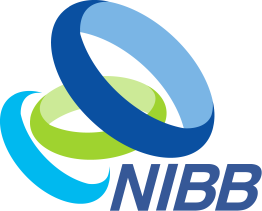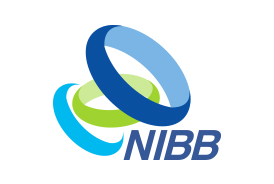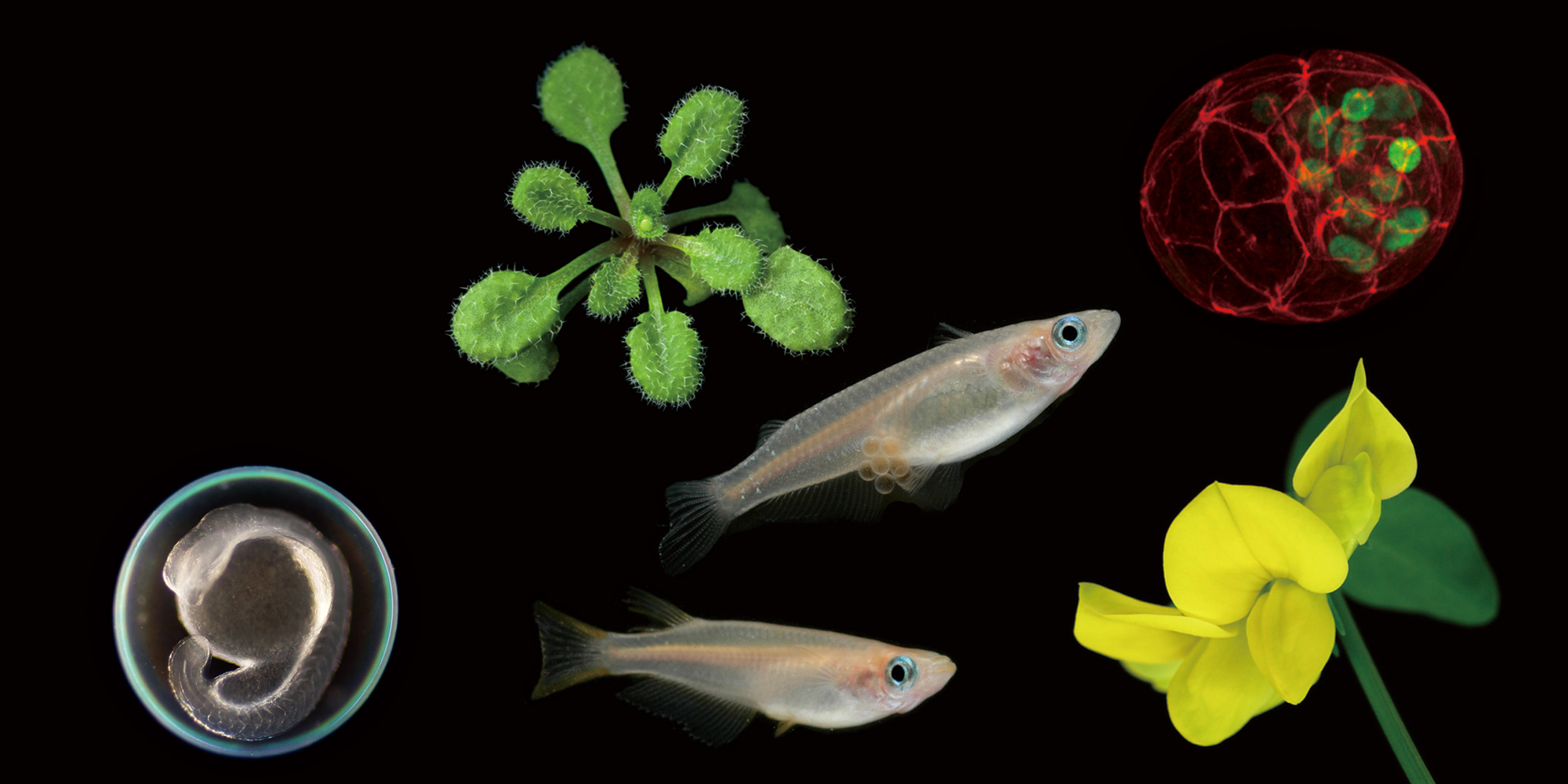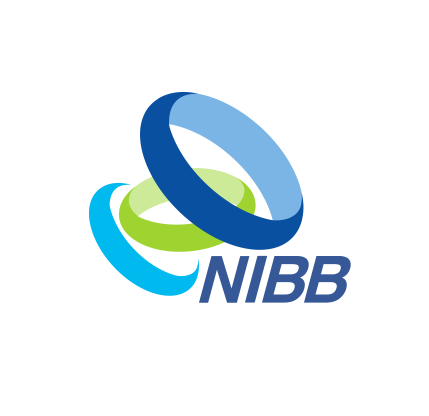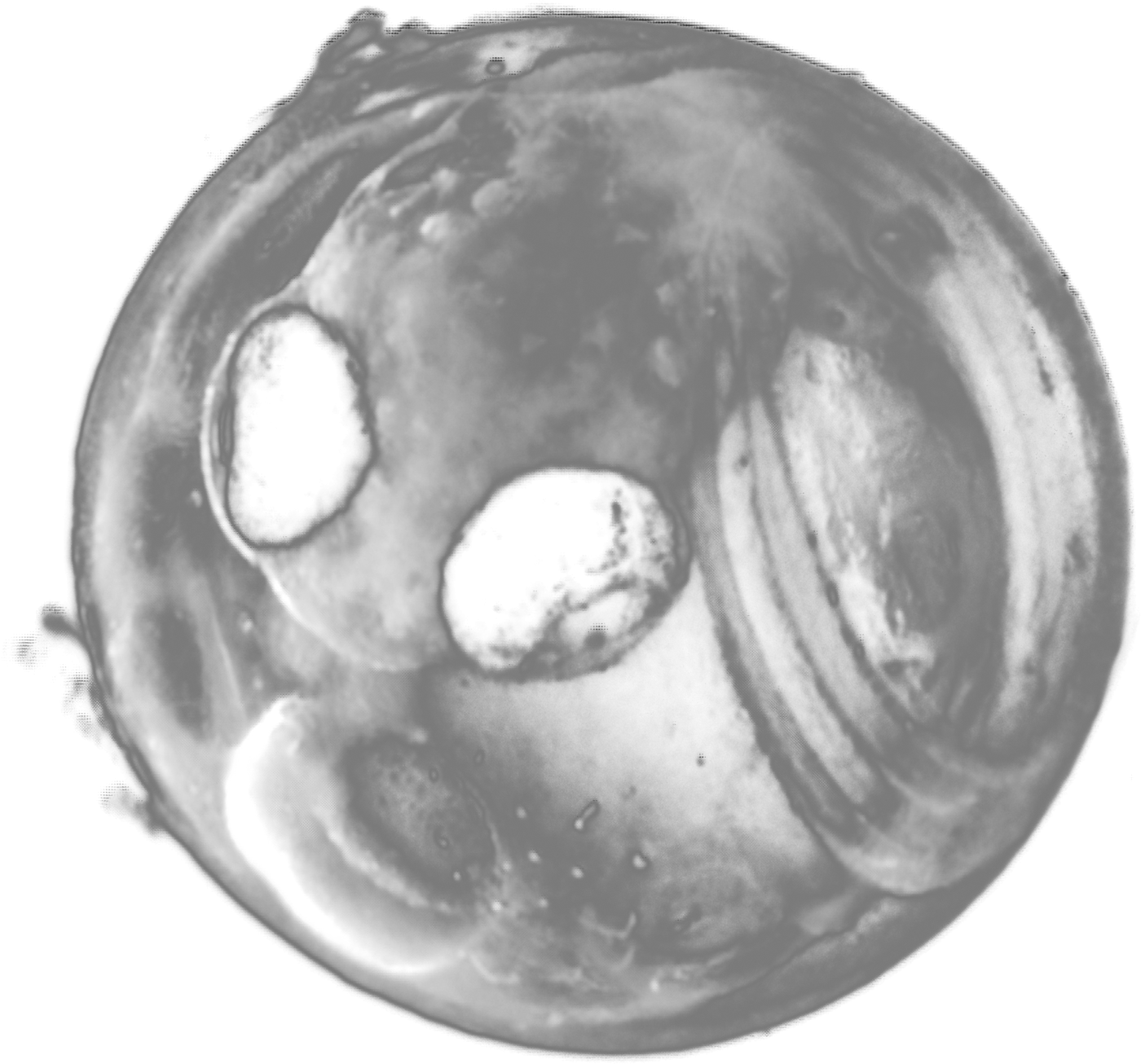2007.03.22 部門公開セミナー
Metabolic engineering of carotenoids in potato and tomato: “golden” crops and pleiotropic effects
Giuliano Giovanni (ENEA, Casaccia Research Center, S.M. di Galeria (Roma), Italy)
2007年03月22日(木) 13:30 より 15:00 まで
明大寺地区1階会議室(111)
光情報研究部門 和田正三 内線7610
Our laboratory is engaged in the metabolic engineering of carotenoids in potato tubers and tomato fruits.
In potato, two different approaches have been taken: gene silencing of different key regulatory steps of the carotenoid pathway (epsilon cyclization, beta hydroxylation), as well as overexpression of early genes of bacterial origin. In the best transgenic events, beta-carotene increases 3600-fold, to 47 mcg/g dry weight. This is the highest carotenoid and beta-carotene content reported for any of the four major staple plants (the next best event being “Golden Rice 2”, with 31 mcg/g dry weight beta-carotene). Extensive regulatory effects on endogenous genes for carotenoid biosynthesis as well as metabolic intermediates in the pathway are observed in transgenic tubers.
In tomato, overexpression of beta cyclase and beta hydroxylase results, as expected, in the accumulation of beta-carotene and zeaxanthin. Again, extensive regulatory effects on endogenous genes are observed, which sometimes show epistasis over the introduced transgenes. Most importantly, the engineered fruits show vast, transgene-dependent, alterations in ripening, such as ethylene production, fruit consistency and shelf life, cuticle mechanical properties, and water loss. Overall, these data indicate that a poorly understood relation exists between the carotenoid pathway and tomato fruit ripening.
